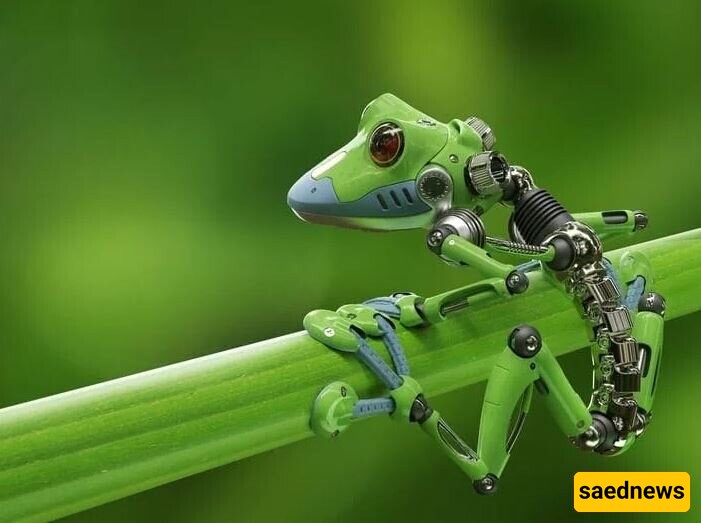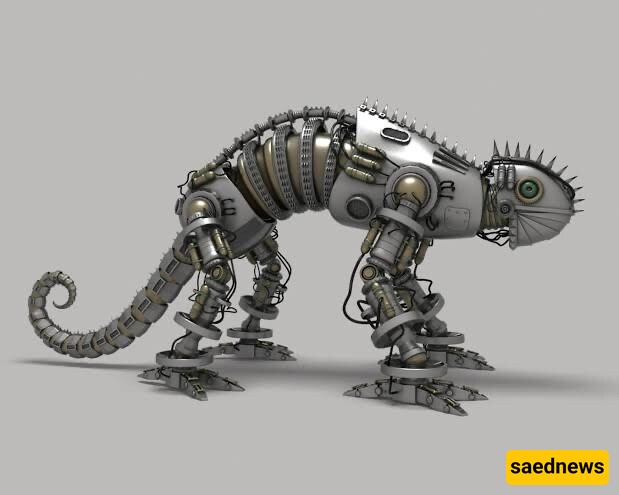Scientists have unveiled a new generation of shape-shifting robots that can adapt to their surroundings using their own artificial muscles.

According to Saed News, citing Digiato, these shape-shifting robots are designed based on nature, allowing them to modify their bodies and limbs to mimic the adaptability of biological organisms in different environments. Created by a team of researchers and engineers from the university’s mechanical engineering department, these three robots draw inspiration from living creatures. The findings of this study were recently published in the journal Nature.
These robots feature a lightweight artificial muscle similar to human muscles, which contracts in response to electrical currents. By integrating this artificial muscle into the robot’s spine or skin, the robots gain the ability to alter their shape. This approach is highly promising as it paves the way for the development of robots capable of operating in challenging and extreme environments.
Jianguo Zhao, one of the researchers involved in the project, explained that the robots are made from materials whose strength varies with temperature fluctuations. As a result, they eliminate the need for bulky mechanisms like magnetic screws. This flexibility makes them particularly well-suited for potential applications in search and rescue missions in disaster-stricken areas.

The published research introduces three distinct shape-shifting robot designs:
A gripping mechanism that can sense its surroundings and adapt its shape to interact with nearby objects.
A quadrupedal robot capable of bending or straightening its body, allowing it to squeeze through narrow spaces effortlessly.
A versatile robot that can change the shape and position of its legs, enabling it to move both on land and water.
Zhao further elaborated: "Frogs naturally undergo similar transformations in their bodies. We took inspiration from their adaptability to create these shape-shifting robots. While they don’t yet possess the full range of movement that frogs do, the progress is significant and encouraging."
The research team has been working on this project since 2017 and plans to enhance the robots further by integrating sensors and cameras. This will allow the robots to autonomously navigate their surroundings and determine the most efficient route through different terrains.

